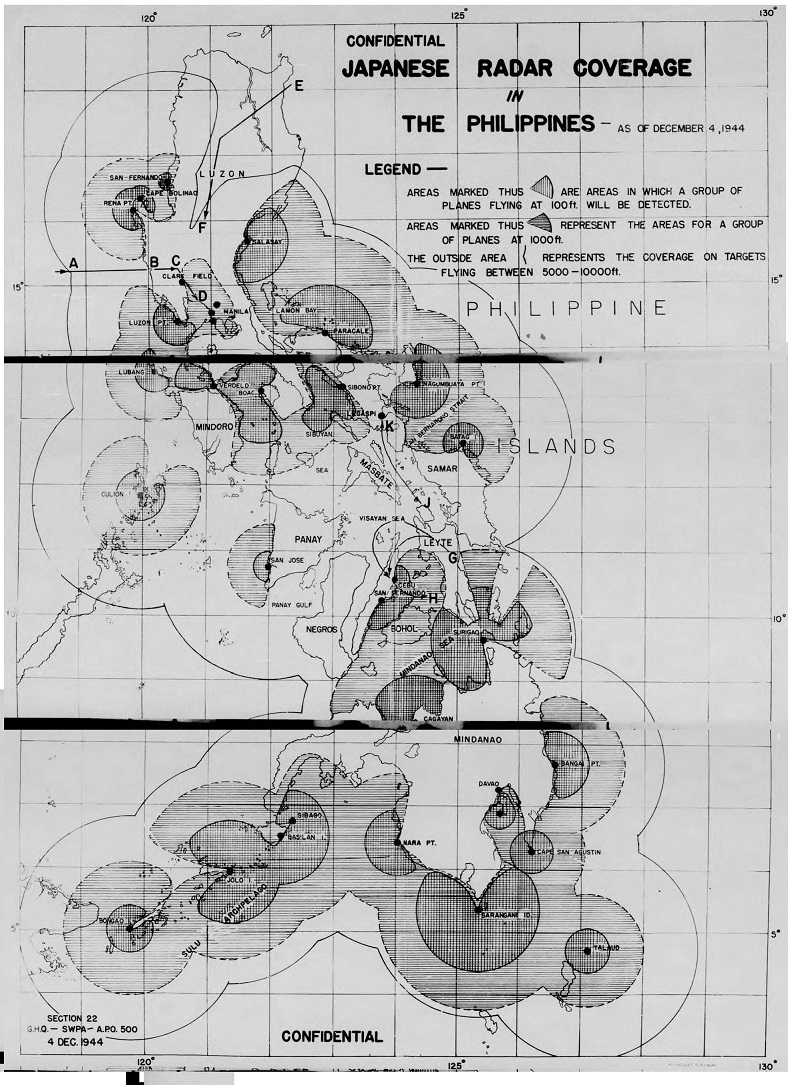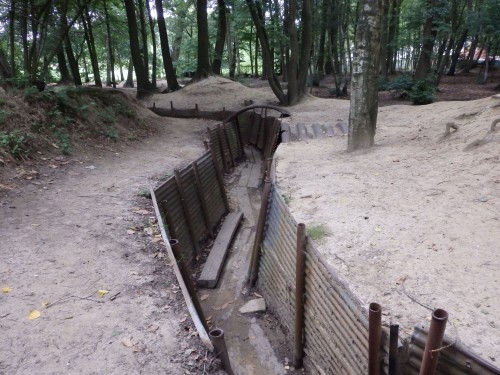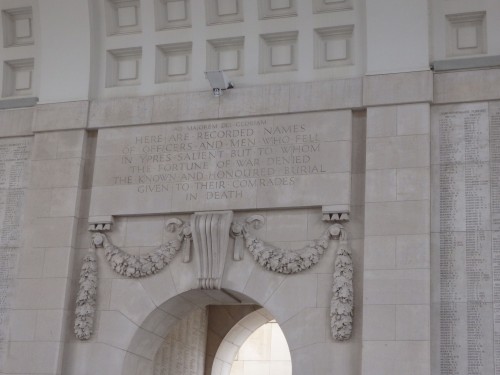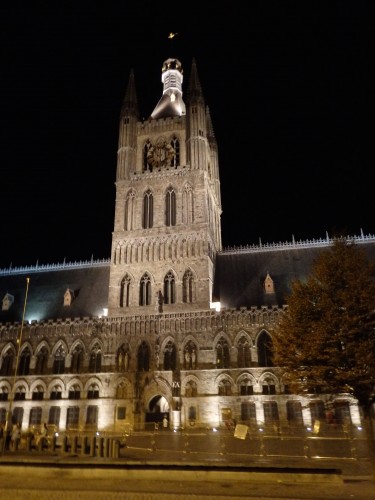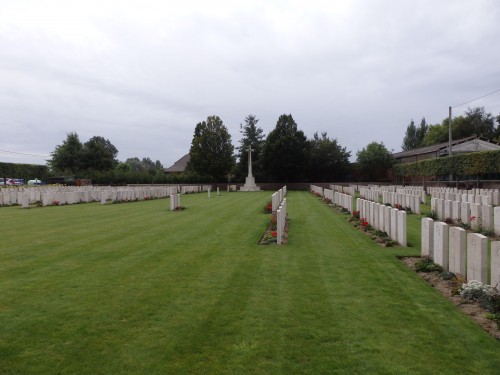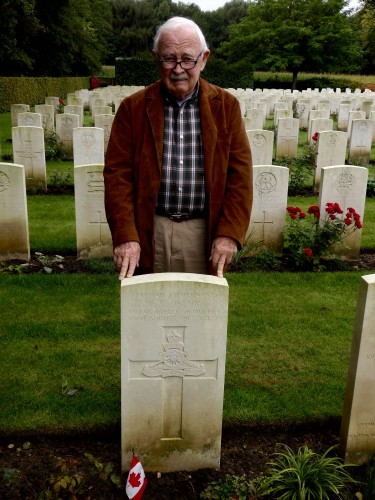The North Koreans launched a new two stage missile, which signals more escalation of their part.
The two-stage missile launched Tuesday by North Korea will be classified by US intelligence as a brand-new missile that has not been seen before, US officials told CNN.
The first stage of the missile is believed to be a KN-17 liquid fueled missile, which is well-known to US intelligence and has been previously launched by North Korea.
Ahead of Tuesday’s missile test, US satellites had seen evidence the KN-17 missile was being prepared for launch.
But at some point prior to launch, the North Koreans attached a second stage atop that missile.
The focus now is on the capability of that second stage, and how it technically contributed to making Pyongyang’s latest test its first ever intercontinental ballistic missile (ICBM) launch.
The next step will be the development of a solid fuel missile which could be launched with little warning.
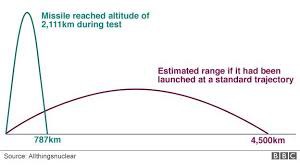
The trajectory was high and short but the second stage could be programmed to go much longer range.
It is apparent that the US policy going back to Bill Clinton and his “Deal” to stop the Norks nuclear program, has been a complete failure, like so many of Clinton’s deals.
On Oct. 18, 1994, Clinton approved a plan to arrange more than $4 billion in energy aid to North Korea over the course of a decade, in return for a commitment from the country’s Communist leadership to freeze and gradually dismantle its nuclear weapons development program, according to The New York Times.
The “complex” deal was to de-escalate the situation on the Korean peninsula, where the two Korean nations never negotiated a peace treaty after the Korean War ended in armistice in 1953.
“This agreement is good for the United States, good for our allies, and good for the safety of the entire world,” said Clinton in 1994. “It’s a crucial step toward drawing North Korea into the global community.”
The drawing-in never happened.
I can only imagine what Hillary Clinton would do if she were President. The mind boggles at the thought.
